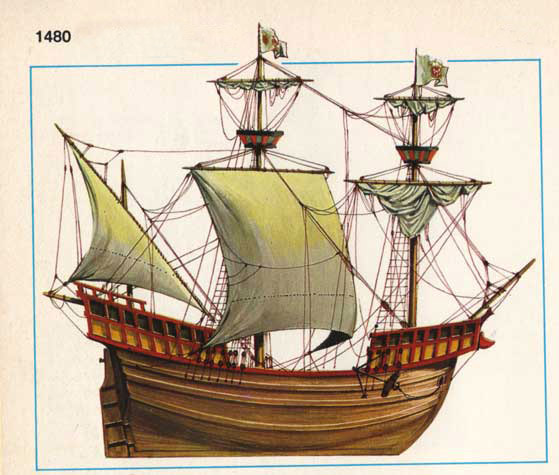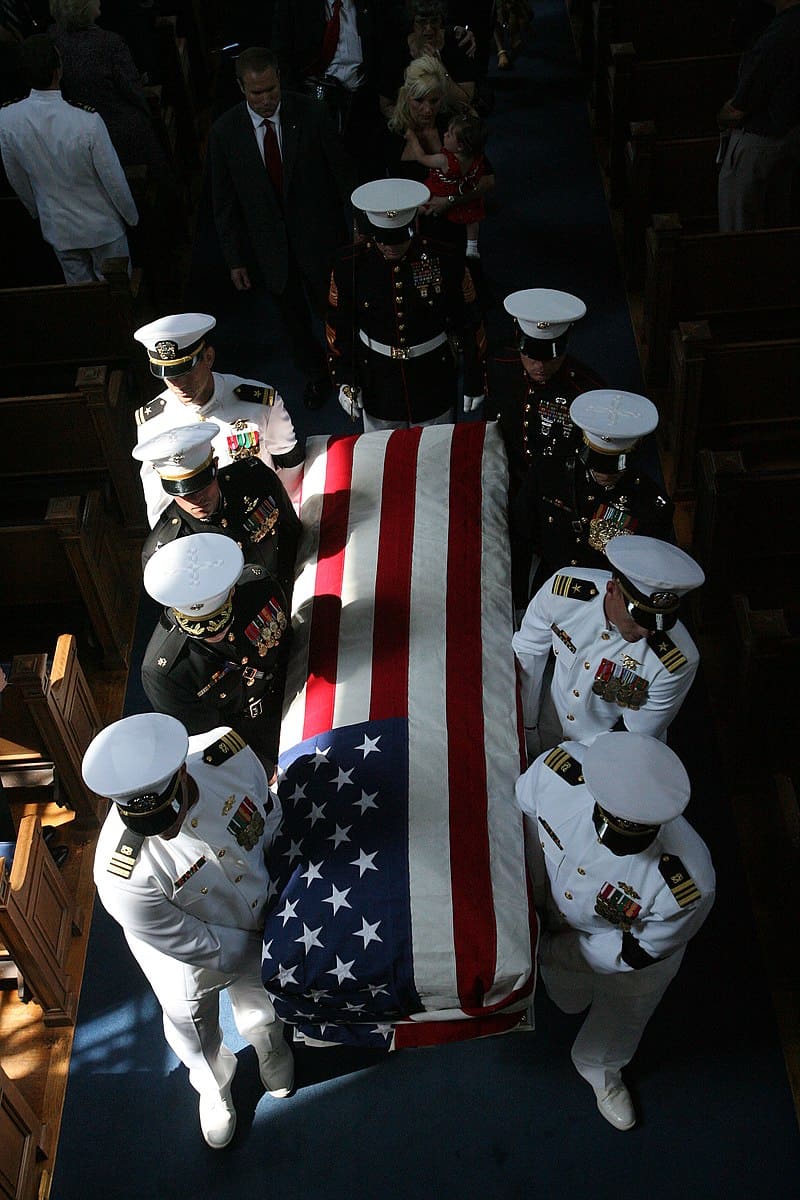2) Generically the term may include any flag that is flown from a motor vehicle (see also fanion 2)).
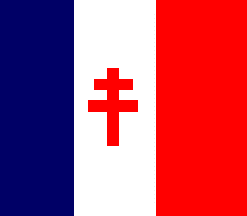


Car Flags/Pennants: President of France 1959–1969;
Prime Minister Hesse, Germany;
State Secretary Schleswig-Holstein, Germany
Notes
a) With regard to 1), the practice of flying a car flag or pennant was
previously (usually but not exclusively) limited to that carrying a head of state,
government official or military officer. Whilst these were formerly sometimes flown from
the radiator cap, a car flag is now more usually seen on the right front fender,
wing/mudguard (or often on both front fenders) but there is a suggestion that the two
positions might also previously have indicated differences in the rank of the occupant.
b) With regard to 2), the practice has arisen whereby such flags are available
as sports flags or may also be displayed by a funeral cortege, and that the former are
usually flown from a clip-on, window mounted staff, or from the radio antenna (see also
funeral flags, sports
flag 1) and sports flag 2)).
Notes 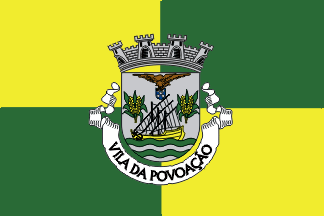
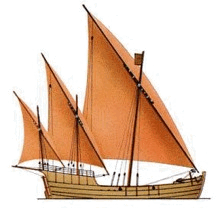
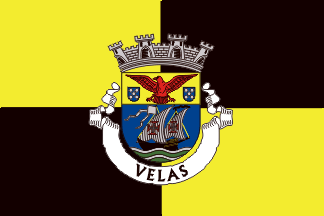
Flag of Povoação, Portugal; Portuguese Caravel c1500 (lelavandou.eu);
Flag of Velas, Portugal
a) The above term is often misused, and a larger
ship of this period equipped with fore and aft castles and square sails to its
forward masts was almost certainly a "carrack".
b) Of the ships which accompanied Christopher Columbus on his voyage of discovery in 1492, the Pinta and
the Nina were caravels and the Santa Maria an early form of carrack (a "nao").
.gif)

Arms and Proposed Flag of Kleve County, Germany
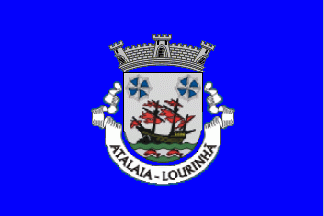

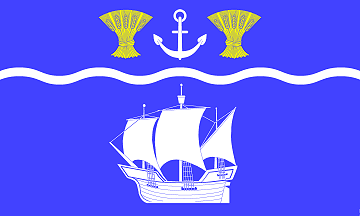
Flag of Atalaia, Portugal;
Flag of Aldeburgh, UK;
Flag of Beidenfleth, Germany
Please note, an agreement between the United States and Great Britain in 1813 laid down that the cartel vessels of each country should wear their respective national ensigns at the stern, that both should wear a plain white flag at the fore whilst each should carry their opponent’s ensign at the main, and evidence suggests that this was a confirmation of contemporary (that is early 19th century) practice (see also fore and main).
![[cartel flags]](../images/v/vx-gb~rens.gif)
![[cartel flags]](../images/v/vx-us-1795.gif)
![[cartel flags]](../images/v/vx-surrendr.gif)
Typical Flags flown by cartel vessels during the War of 1812
![[cartouche]](../images/v/vx-ad.gif)
![[cartouche]](../images/v/vxt-d069.gif)
![[cartouche]](../images/v/vxt-d069a.gif)
National Flag of Andorra;
Detail, Spain (CS); Flag for Generals at Sea 1649–1653, England (CS)
rj.gif)
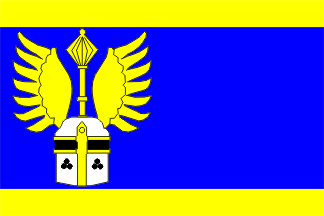
Arms and Flag of Rataje, Czechia
05-13.gif)
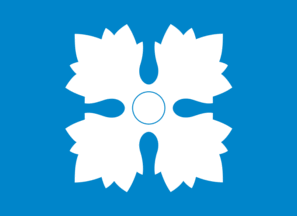
Arms and Flag of Skjĺk, Norway
hy.gif)

Arms and Flag of Hyżne, Poland
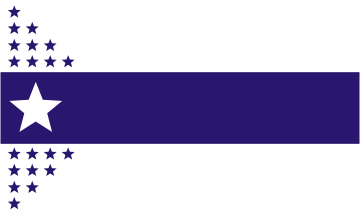
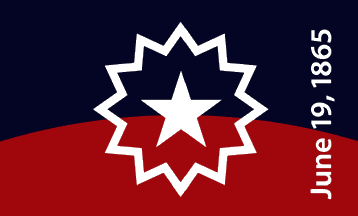

Centennial Flag of 1918,
Illinois, US; Juneteenth flag,
US; 40th Anniversary Flag,
Kings Dominion Amusement Park, Virginia, US
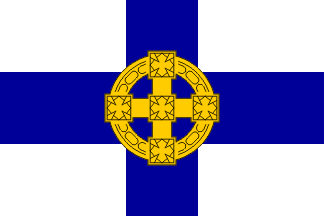
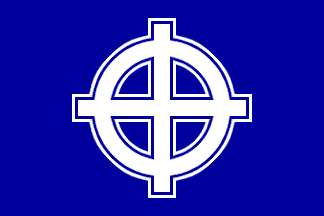
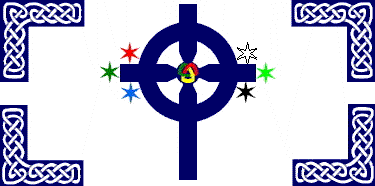
Flag of the Church in Wales;
Flag of the Golden Dawn Movement, Greece;
Stiůbhart's Pan-Celtic flag, UK
Note:
The shape (usually decorated with interlace and other motives) became also popular for funerary monuments
etc., and has remained so.

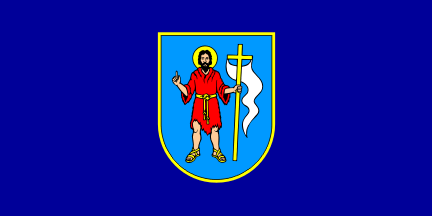

Flag of Indiana, US; Flag of Baška, Croatia;
Flag of Barbados 1870–1966
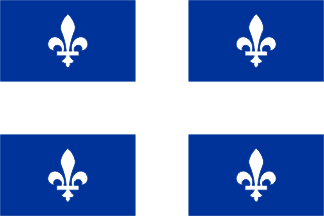
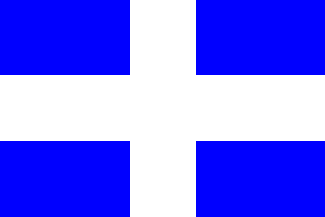
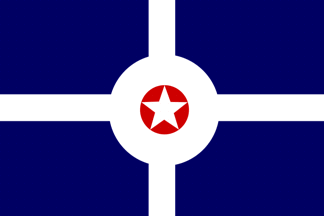
Flag of Quebec, Canada;
Flag of Zwolle, The Netherlands;
Flag of Indianapolis, US
Please note that this term does not refer to flags used on parade or those made for indoor display, but to flags and ensigns that are identical with their everyday equivalents except for size and/or care of manufacture (see also parade flag and indoor flag).
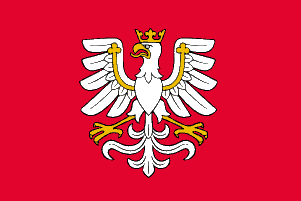
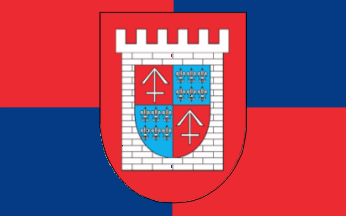
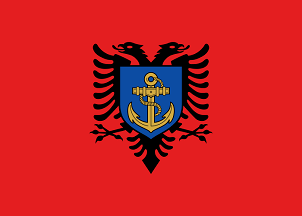
Ceremonial Flag of Malopolska, Poland;
Ceremonial Flag of Rydzyna, Poland;
Ceremonial flag of the Naval Force, Albania
Notes
a) With regard to 1), not to be confused with a "flag of ceremony" (the Spanish
bandera de ceremonia) which is designed for exclusively indoor use – see
indoor flag.
b) Also with regard to 1), in East and Central European usage
the ceremonial flag of a community is often created as a unique flag – see
unique flag.
![[ceremonial standard]](../images/v/vx-my-ke_c.gif)
Ceremonial Standard of Kelantan, Malaysia
Please note that, as far as can be discovered, Johore, Malaysia is the only country which may currently still use such a flag.
![[ceremonial ensign]](../images/v/vx-my-jo_cs.gif)
Ceremonial State Ensign, Johore, Malaysia
![[ceremony of colours]](../images/v/vx-gb~we.gif)
![[ceremony of colours]](../images/v/vx-za^nv52.gif)
Naval Ensign, UK; Naval Ensign
South Africa 1952–1981

